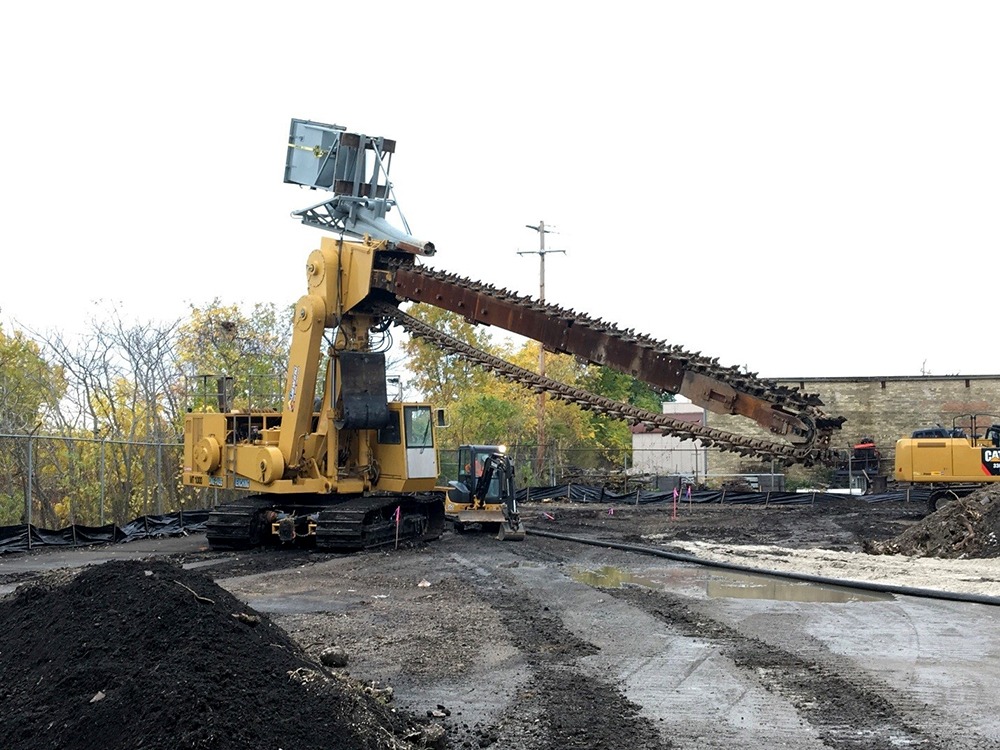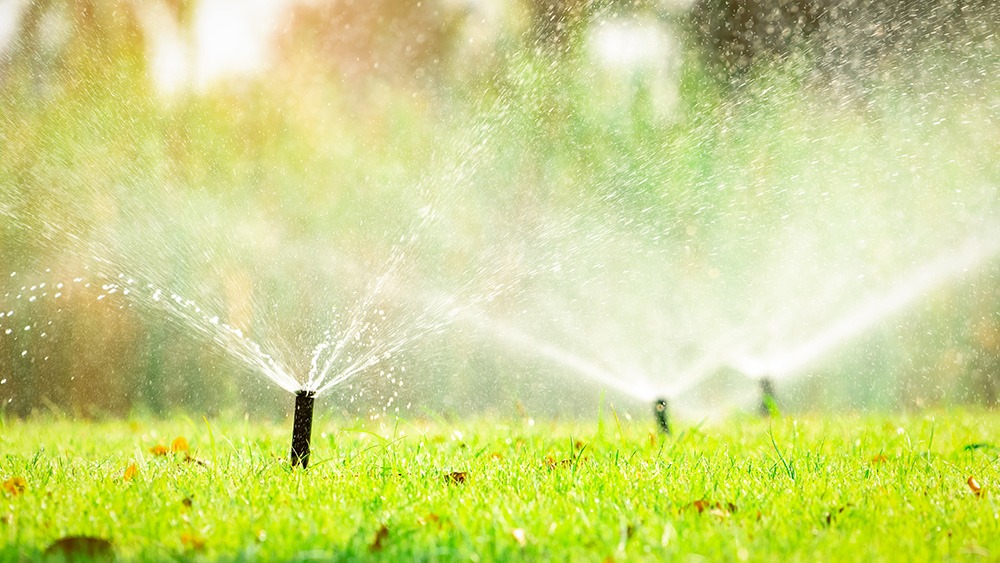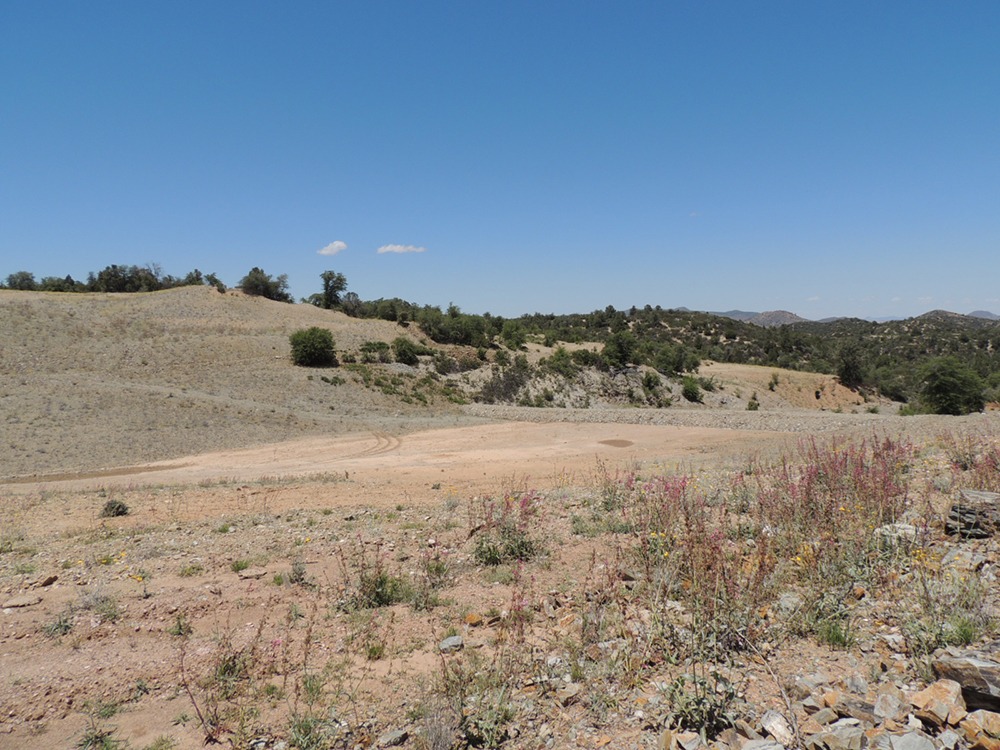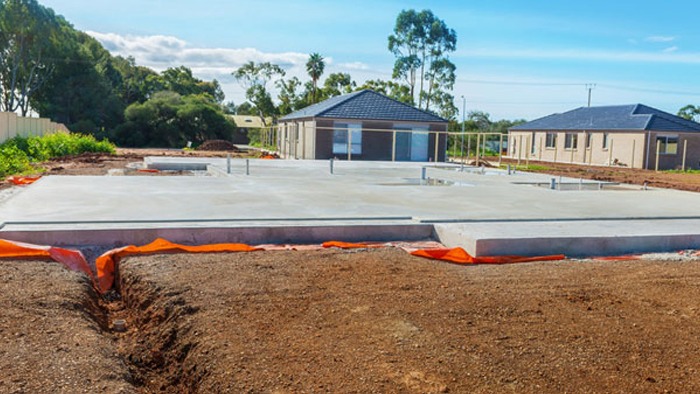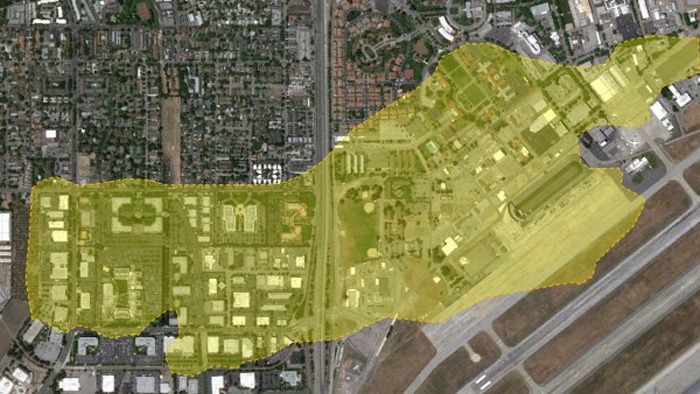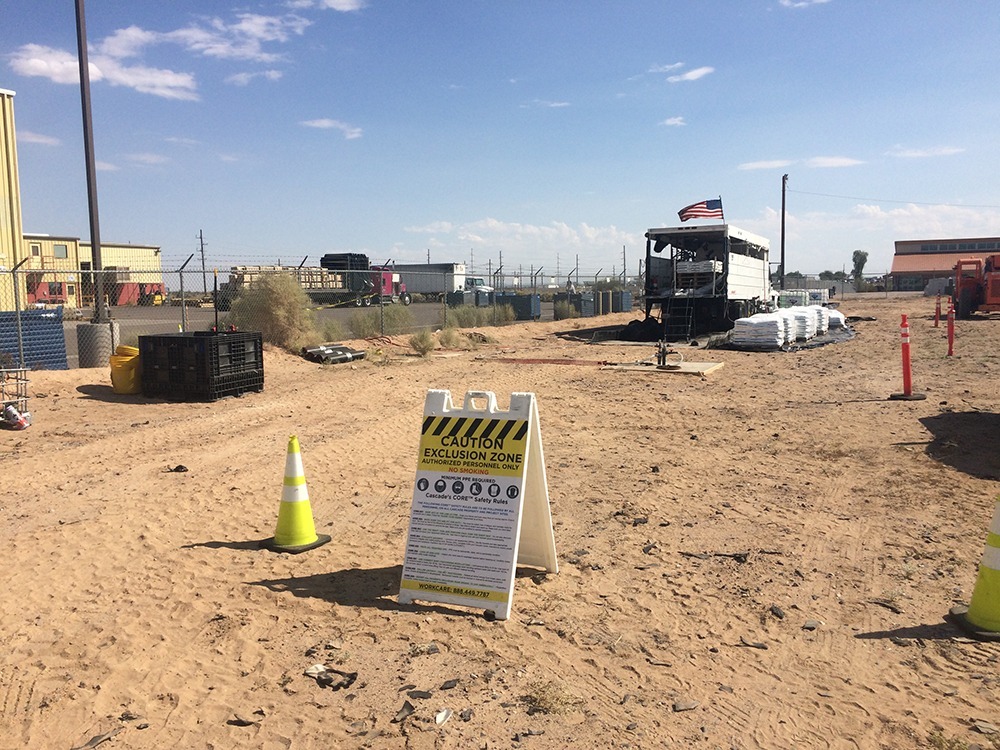
Steel and Foundries
Groundwater remediation expertise and empathy help client fulfill promise to Native American community
Summary
- Our industrial manufacturing client made a commitment to investigate and remediate trichloroethylene (TCE) contamination on a Native American community’s property, likely related to previous industrial activity nearby.
- To meet the expectations of the community and the U.S. Environmental Protection Agency (EPA), we worked closely with the community and our client to research and implement an in situ chemical oxidation (ISCO) groundwater remediation solution.
- Our remediation strategy has proven effective, and we ensured the Native American community was fully informed and comfortable with every step, by striving throughout the project to follow the community’s customs and respectfully and productively communicate with its members.
Client challenge
A Native American community discovered TCE contamination in groundwater on its property and suspected was caused by previous industrial activity at a local business park. The community notified our industrial manufacturing client, which committed to take immediate investigative action. Our client cared deeply about the community living on the land and was determined to make the site safe. Before beginning voluntary remediation steps, our client’s CFO personally committed to the community that the company would fully investigate and remediate the contamination. The community requested that the EPA oversee the investigative and remedial activities, and the EPA issued an order to our client to formalize the process.
Of utmost importance in working with the community was to understand its cultural expectations. All remediation and regulatory plans needed to be approved by the community and the EPA before the investigative and remedial work could proceed. Miscommunication with the community could have slowed an already protracted and arduous process. Additionally, other responsible parties were performing similar investigative activities to the north. The client turned to Haley & Aldrich for our historical knowledge of the site and reputation for technical excellence in remediation, as well as our ability to work collaboratively and reach stakeholder consensus.
“While projects like this can be really complex, they’re the ones I enjoy the most because the client’s number-one priority was doing the right thing. I can talk all day about the technical methods we used, but the best part of this story is a company insisting on doing the right thing, and a community coming together to figure out how to do it.”
Bruce Travers, Haley & Aldrich
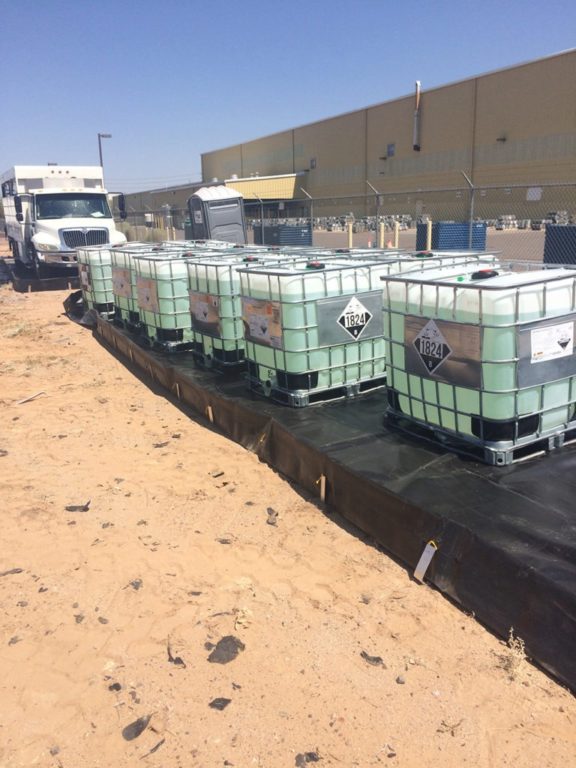
Our approach
Haley & Aldrich staff approached the project knowing first and foremost that we needed to build trust with the community. Our client relied heavily on industrial park staff at the site location to guide us in understanding community expectations, perspectives, and priorities. This allowed us to follow the community’s customs and respectfully and productively communicate with its members. The community engaged in every step of the process, diligently reading the reports and plans, asking questions, and offering thoughtful feedback. Forging that solid relationship based on respect, empathy, and understanding was the key to reaching consensus on a remediation approach that would satisfy the community’s concerns and deliver on our client’s promise.
Once we had the community approval on the remediation approach, we put our technical excellence and innovation to work. At the request of the community, we targeted the groundwater contamination with an ISCO approach. We first designed and conducted a treatability study using site soil and groundwater to evaluate three oxidation methods and varying dosages to remediate the identified contaminants in the groundwater.
Even though the primary contaminant of concern was TCE, our experts also looked for other contaminants and found elevated levels of 1,4-dioxane. 1,4-dioxane did not have a drinking water standard in the state at that time, so it was not a driver for the remediation. However, we wanted to address the issue proactively to protect human health and the environment. Our team performed a bench-scale treatability study to determine which method would successfully address both contaminants and help our client deliver a better remedial solution for the site.
“We knew we were going to remediate TCE contamination, but it was crucial to see if there were other contaminants. So, when we discovered the 1,4-dioxane, there was no question that we’d make that part of our remediation plan, too. The client wanted to do the right thing.”
Elizabeth Bishop, Haley & Aldrich
We implemented the ISCO groundwater remediation solution, using two depth-specific injection wells along with one of the historic groundwater monitoring wells to emplace the remedial amendments throughout the vertical and horizontal treatment zone. The ISCO method has proven to be effective in treating both contaminants, and the community and EPA are satisfied with the level of remediation. We’re now in a post-ISCO monitoring phase, close to receiving EPA and community approval for completion.
Our team’s comprehensive remediation strategy has proven to be the best solution for the community and our client. Additionally, though the client’s CFO who started the project has since retired, he recently went back to visit the community and again reiterated his previous promise.
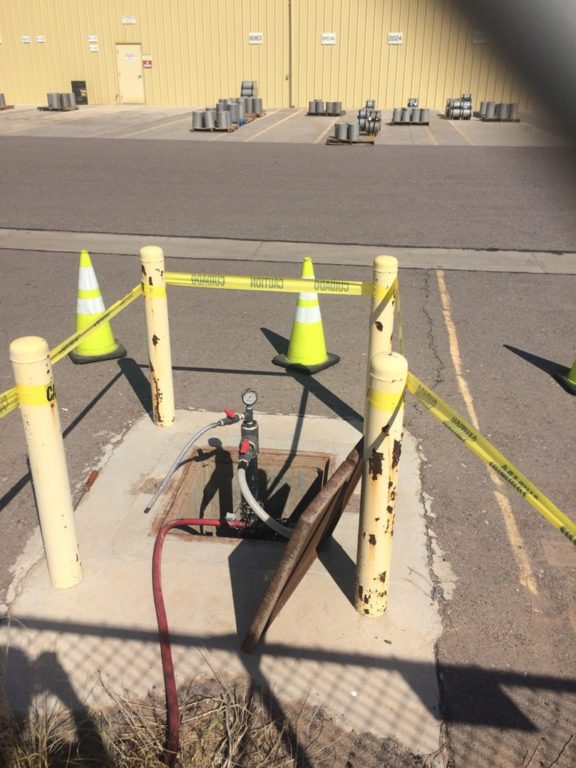
Value delivered
- Helped our client keep their promise to the Native American community to make the land and groundwater safe
- Used innovative testing and methods to remediate TCE and 1,4-dioxane in groundwater
- Shared client’s dedication to doing the right thing and effectively remediated Native American community land
- Ensured the Native American community was fully informed and comfortable with every step
- Met EPA’s regulatory expectations
For more information, contact:

Senior Technical Specialist

Senior Client Leader, Energy & Mining






